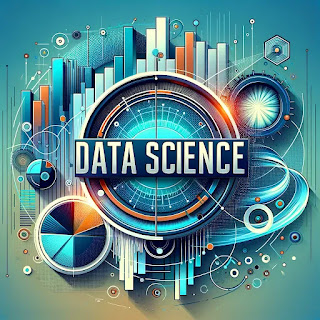Deploying Python Machine Learning Models: Best Practices for Production
Deploying machine learning models in production is an essential step in turning a prototype or a proof-of-concept into a valuable product. However, this step can be challenging and requires a good understanding of the deployment process and the best practices for building and deploying machine learning models.
In this article, we will explore the best practices for deploying Python machine learning models in production, including how to package your code, set up your environment, deploy your model to a server, and expose it as a REST API. We will use Flask, a popular web framework, to build a REST API that exposes a trained machine learning model, and we will walk through a step-by-step guide on how to deploy it to a server.
Best Practices for Deploying Python Machine Learning Models:
Packaging Your Code:
One of the best practices for deploying machine learning models is to package your code using a package manager like pip. This allows you to create a distribution package that contains all the required dependencies for your code, making it easier to install and deploy your code on a server.
Read more »Labels: machine learning, python tutorial

